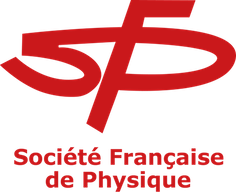Orateur
Description
The topic of this contribution belongs to the field of high energy particle physics (HEP), which is the part of physics dealing with the question: “What are the fundamental building blocks of nature and how do they interact?”
The theoretical framework of this field is called the standard model of particle physics (SM), which is an incredibly powerful framework resulting in very precise predictions and it has been tested and validated in a large variety of different experiments over the course of its existence.
Even though the SM already covers a very broad spectrum in HEP, a few major phenomenae, such as gravity or dark matter, are not yet accounted for. To incorporate these processes not yet described by the SM, is one of the goals of beyond standard model (BSM) theories.
Seeing that there are a plethora of possibly valid BSM theories, it is the task of experimentalists to find and study processes that have a differently predicted outcome for the SM or BSM theories, which would allow for a verification or falsification of the corresponding models.
Among such processes, those involving a top quark play an important role due to the quark’s elevated mass and its corresponding short decay time, which inhibits the forming of compound states for this particle. Within this group of top quark related processes, a particularly interesting process is the simultaneous production of four top quarks, since it involves a very high centre-of-mass energy, it has not yet been observed and because the probability of occurrence predicted by the SM and BSM theories differ enormously.
All this makes its discovery, or non-discovery, a very important goal for the HEP community.
During this contribution a broad introduction to the field and the ongoing search for the simultaneous production of four top quarks by the ATLAS collaboration will be given.

